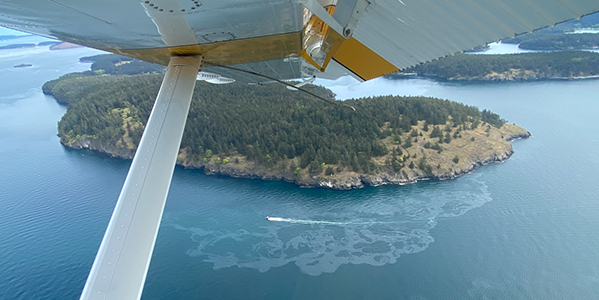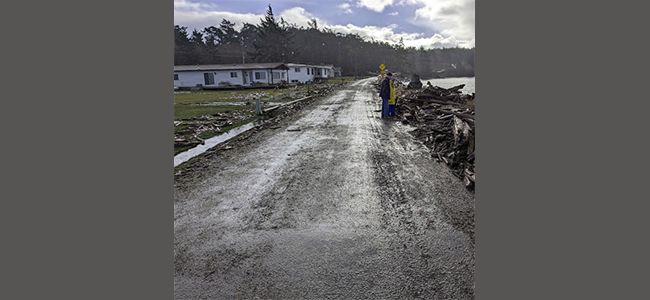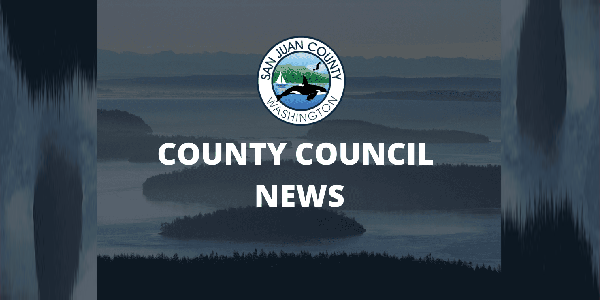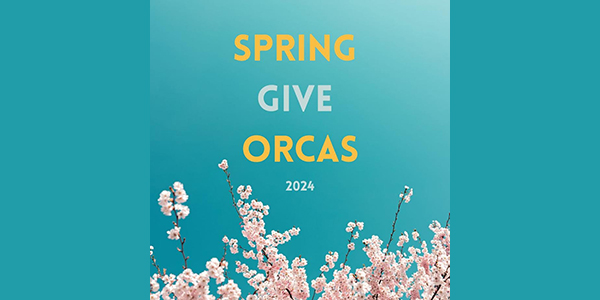||| BY MATTHEW GILBERT, theORCASONIAN OP-ED REPORTER |||
The consultants and steering committee that are driving the Sustainable Tourism Master Plan (STMP) have wasted no time moving the process forward as a series of three meetings on the three main islands concluded on May 19. The purpose of the meetings was to get feedback from the public on the goals, strategies, and actions that will guide the final plan and its key components:
- Education
- Land Use & Infrastructure
- Regulations and Fees
- Accommodations
- Metrics and Capacities
- Island-Specific Priorities
Against this backdrop, Kendra Smith, the county’s Director of Environmental Stewardship and a member of the steering committee, identified four key challenges that many tourism-based communities are facing:
- Housing affordability
- Vacation rentals
- Worker shortages
- Natural resources
San Juan County is clearly no stranger to these forces. The recent decision to manage vacation rental permits arguably checks one of the tourism management boxes, but we are still at least a few years away from knowing how that decision will impact the visitor-resident experience on each island.
As for the year ahead, there are signs that the country’s economy is staring at the precipice of recession-stagflation-WTF. Here in San Juan County, the early numbers are mixed: Sales tax revenue for Quarter 1 (Nov. 21 – Jan. 22) is up 8% over 2021, which turned out to be a record-breaking year. Lodging tax revenue, by comparison, is down 10% (again, from a record-breaking year), but up 13% on Orcas. And there are wildcards – “known unknowns.” The ferry system continues to impress with its unreliability, and the demolition-gentrification of Prune Alley likely won’t be completed until after Labor Day. The disruptions have already battered area businesses, and one can only wonder how visitors – or would-be visitors once the word gets out – will respond.
Serving All Masters
Ultimately, one of the key issues raised by Doug Whitaker of Confluence Consulting is how to identify an “optimal number” of manageable visitors. “Very few tourism plans actually limit use and take on the idea of a maximum capacity,” he said. “Tourism planning tends to do the opposite: How can we accommodate whoever shows up? This is a hot topic here.”
The current trend in travel is “destination management,” the emphasis being less on promotion and filling beds than optimizing attractions, amenities, access, marketing, and pricing.
Final decisions will pivot on “what the community wants and what benefits the community,” said consultant Dan Moore. “It’s not homogenous. What does success look like? How do we balance the capacity piece with economic goals and objectives?”
Further complicating the plan’s goals is the need to integrate various planning processes that are currently in motion: housing, climate, transportation, capital improvements, marine resources, and trails, not to mention the county’s Comprehensive Plan – six years late and sucking much of the air from the room. What is and isn’t sustainable? How can this plan build community and resilience?
One of the case studies cited by the consulting team was from the Columbia Gorge region, which recently launched the Columbia Gorge Tourism Alliance: “Optimizing the positive impacts of the visitor economy to enhance communities and protect the region.” [] Consisting of groups spanning six counties, the alliance, which wants to turn the area into a reasonably low-impact “world class destination,” has developed a variety of sophisticated planning, communication, and transportation tools including 250 miles of walking/biking trails and mass transit options out of Portland.
Community Engagement
130 people attended the countywide launch meeting on April 28. A similar (combined) number attended the second meeting (San Juan: 60 / Orcas: 53 / Lopez: 31). Meeting #3, the least attended, focused on prioritizing a wide range of actions in all categories. Those who showed up have influenced the plan’s working draft of policies and actions, although Whitaker made clear that these conversations were essentially “temperature checks.”
Over 200 comments were made, for example, in response to the initial draft of the plan’s primary goals – which were then revised as follows:
- Protect, conserve, and interconnect natural
resourcesenvironment and open space for ecological and recreation benefits. - NEW! Build resilience to climate change by reducing carbon footprint and adapting infrastructure and services.
ReimagineAdapt infrastructure to accommodate seasonal variations in use.ReimagineExpand access to bike trails and lanes, public transit, and other mobility methods to ensure transportation is accessible and affordable to all.- Support a year-round, thriving, and diverse community and economy with balanced investment and strategic promotion of Island activities.
- Create a network to build resiliency, support local businesses, and expand local control and ownership of tourist activities.
- NEW! Preserve community well-being through ensuring equity and maintaining the rural lifestyle.
The consultants also absorbed input on a wide range of strategies, which coalesced around five categories
- Capital improvements (e.g., charging stations, bike racks, parking, lodging mix, habitat restoration/protection, private developments such as more marina slips)
- Influences on behavior (educational kiosks, messaging, signage, volunteer programs)
- Required behavior (warnings, citations, enforcement, outfitter/bike groups)
- Capacity management (which needs metrics and standards, both site specific and island-wide).
- Quality of life/experience (an area of considerable subjectivity)
Speaking to the very charged issue of “capacity management,” Whitaker noted that, “Very few places in the world have such things . . . The pressures of capitalism are giant; it’s hard to just tell people not to come. [But] you could be the pioneers.” At the same time, referring to the results of survey research carried out in 2017 – 18, he noted that, “Residents, businesses, and visitors do share the same values about the San Juans (which is rare). The majority of all groups felt that summer peaks are too high. It’s a unique opportunity to get consensus on limits . . . but there’s some work to be done there . . . We’re getting another crack at turning that research into policy and action.”
That will be no easy task. The final draft has to weave a multitude of perspectives and realities – practical, political, and financial. Adding bike lanes, for example, is popular but expensive. Will they displace cars or just attract more bicycle groups? And what about impact fees? They could drive some much-needed funds, but will they unfairly penalize lower and middle-income travelers?
The consultants will now spend the next six months working with the county steering committee to fill in data and analysis gaps and finalize strategies before delivering an action plan and final report. In the meantime, there’s a wealth of information and resources at the county’s STMP website.








Thanks for a your thorough wrap-up.